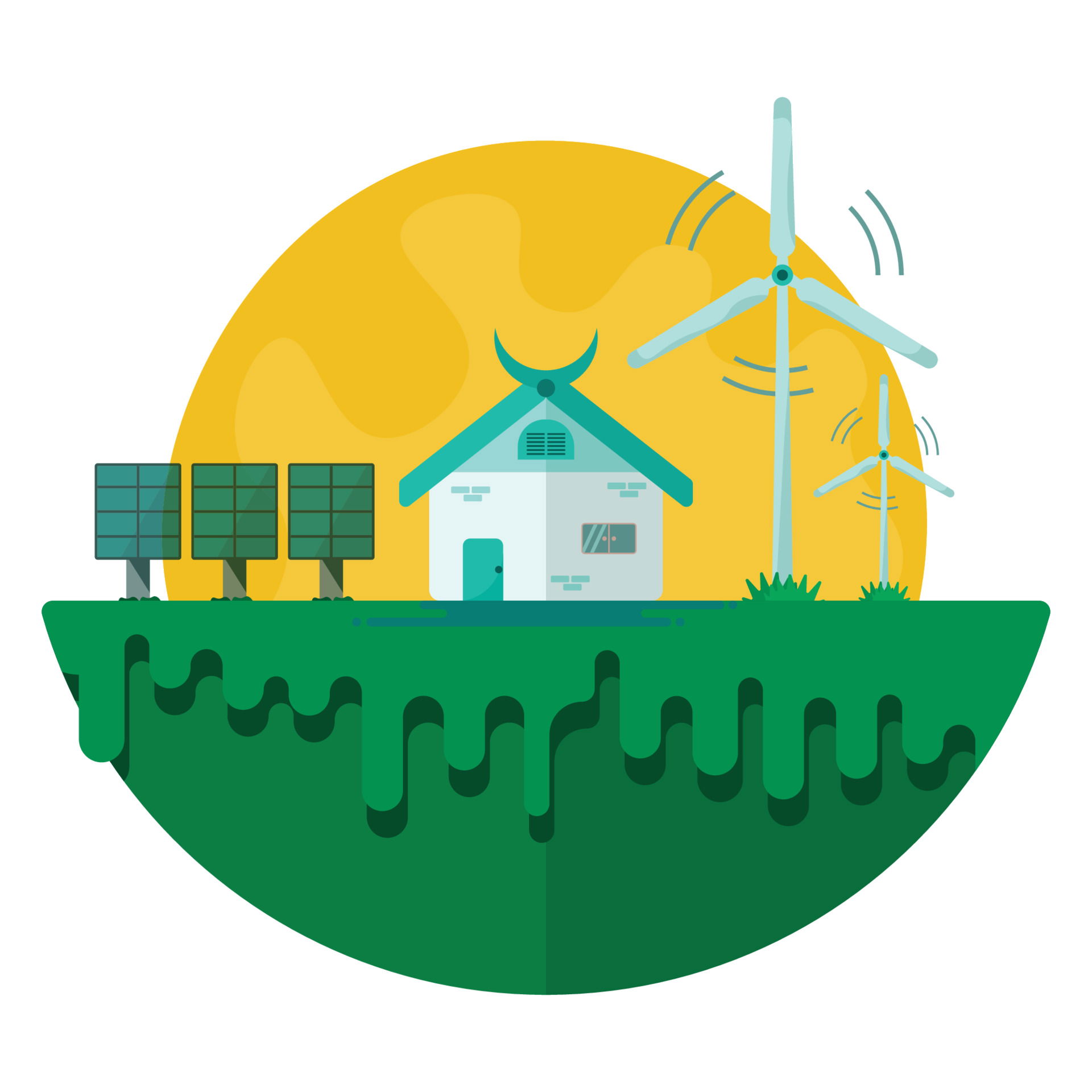Exploring the Benefits of Green Energy Sources and How They are Shaping the Future of Renewable Energy

By Michael Jumba
What is Green Energy and How Can It Help Us?
Green energy is a form of energy that is generated from renewable and sustainable sources. It is a clean and safe alternative to traditional sources of energy, such as coal and oil. Green energy helps us reduce our reliance on fossil fuels, which are non-renewable and contribute to climate change. It also helps us save money by reducing the amount of electricity we use, which reduces our monthly bills. By investing in green energy sources, we can help create a more sustainable future for ourselves and for generations to come.
The Different Types of Green Energy Sources & Their Benefits
Green energy sources are becoming increasingly popular as they offer a renewable, clean and affordable way to generate electricity. Solar power, wind power, hydroelectricity and geothermal energy are the four main types of green energy sources that are widely used around the world. Each of these sources has its own advantages and disadvantages, making them suitable for different applications. In this article, we will explore the different types of green energy sources and their benefits.
How Green Energy Sources are Transforming the Future of Renewable Energy
The green energy revolution is transforming the future of renewable energy. As the demand for clean and renewable energy sources continues to grow, green technology is becoming increasingly important in order to meet this demand. Green energy sources such as solar, wind, and hydroelectric power are becoming more cost-effective and efficient, making them viable alternatives to traditional fossil fuels. In addition, advances in green technology have made it possible for consumers to access renewable energy sources from virtually anywhere in the world. This is helping to reduce our dependence on non-renewable energy sources and create a more sustainable future for all of us.
The Pros & Cons of Investing in Green Energy Sources
Investing in green energy sources is becoming increasingly popular as people are looking for ways to reduce their carbon footprint and protect the environment. Green energy investments involve investing in renewable energy sources such as solar, wind, hydropower, and geothermal. These investments can be a great way to make a positive impact on the planet while also potentially earning a return on your investment. However, there are some pros and cons to consider before making an investment in green energy sources. In this article, we will discuss the advantages and disadvantages of investing in green energy sources so that you can make an informed decision about whether or not it is right for you.
What Are The Challenges Facing The Adoption Of Green Energy Sources?
The adoption of green energy sources is a critical step in the fight against climate change. However, there are several challenges that must be overcome before renewable energy sources can be adopted on a large scale. These challenges include the high cost of installation and maintenance, the lack of infrastructure to support green energy sources, and the need for public education about renewable energy sources. Additionally, there are some political and economic obstacles that must be addressed in order for green energy sources to become more widespread. This article will discuss these various challenges facing the adoption of green energy sources and how they can be addressed.
Why Investing in Green Energy Sources is a Smart Move for Sustainable Living
Investing in green energy sources is an important step towards achieving sustainable living. It helps reduce our dependence on fossil fuels and decreases the amount of air pollution generated by burning them. Additionally, it can help reduce the cost of electricity bills and create jobs in the renewable energy sector. Moreover, investing in green energy sources can help countries become more resilient to climate change by reducing their emissions and helping them adapt to changing weather patterns. Therefore, investing in green energy sources is a smart move for sustainable living that will benefit both people and the environment in the long run.


